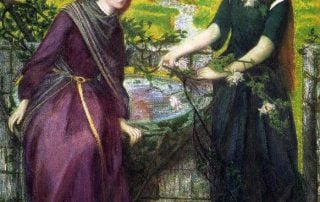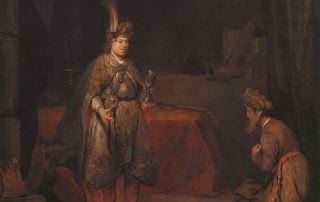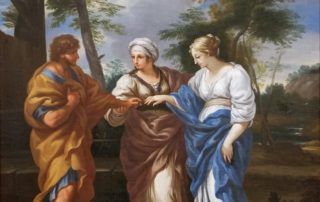Collapse and Revelation
The collapse of the wave function is the process of revealing hidden possibilities. Reducing uncertainty reveals information. Until the wave function collapse, the system is in an uncertain state—the state of superposition. The measurement that causes the collapse of the wave function eliminates this uncertainty revealing the state of the system. The collapse occurs as the result of an experiment or observation. It is the discovery of the state of the system. The process of discovery—revelation—in the terminology of Kabbalah—is the process of revealing Alma d’Isgalya (Revealed World) from Alma d’Iskasya (Hidden World). This is why the splitting of the sea can be seen as an allegory of the collapse of the wave function.





